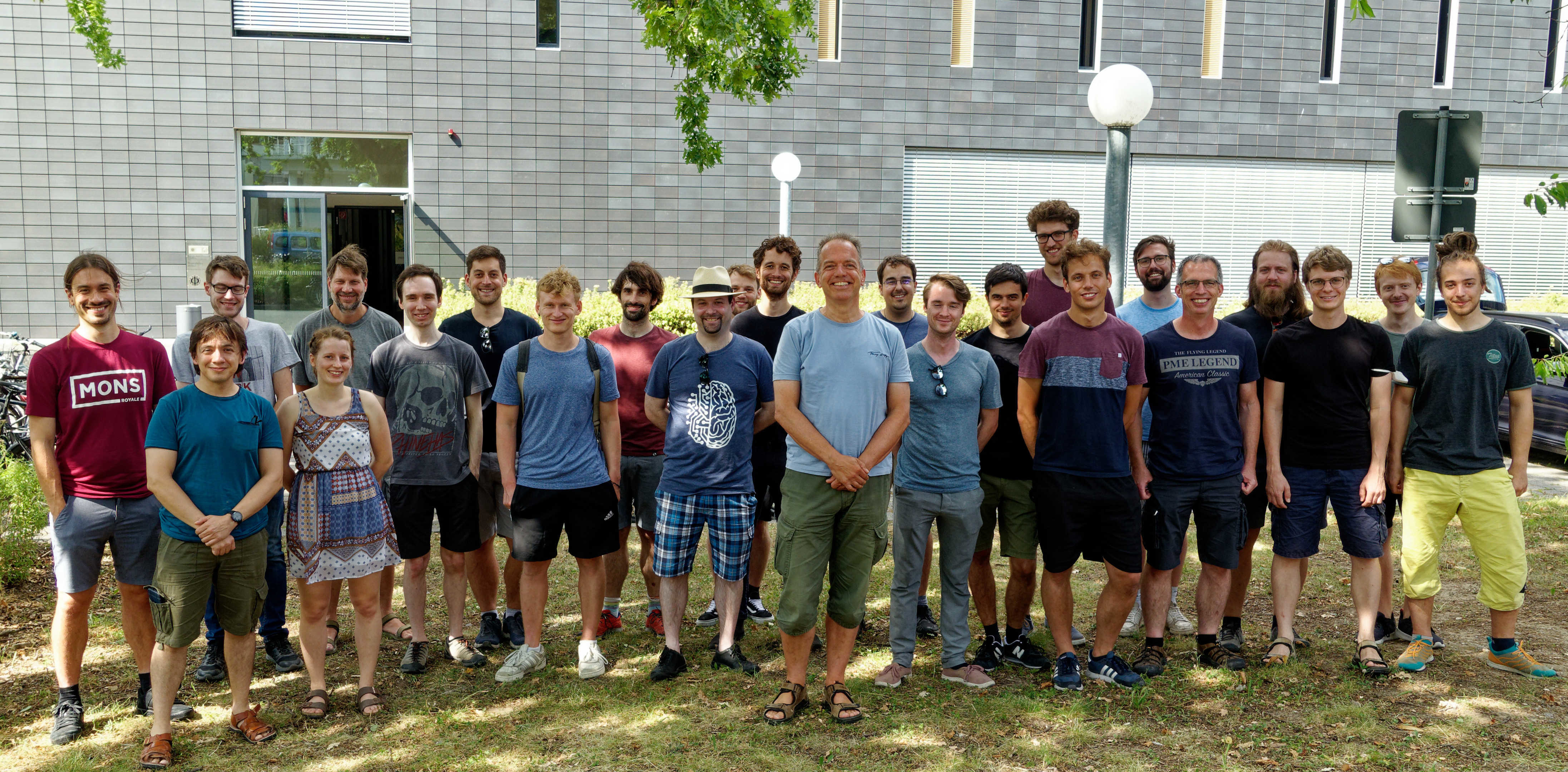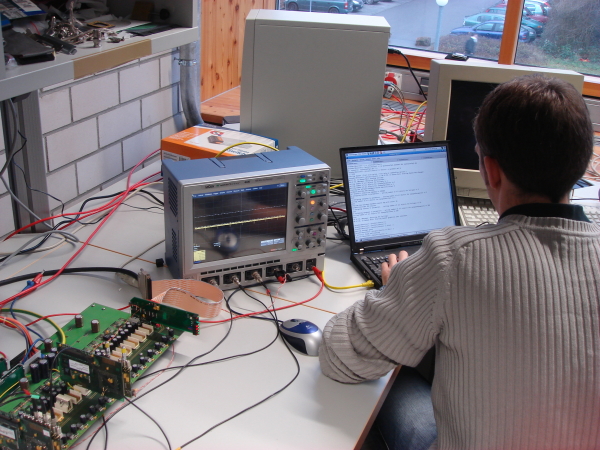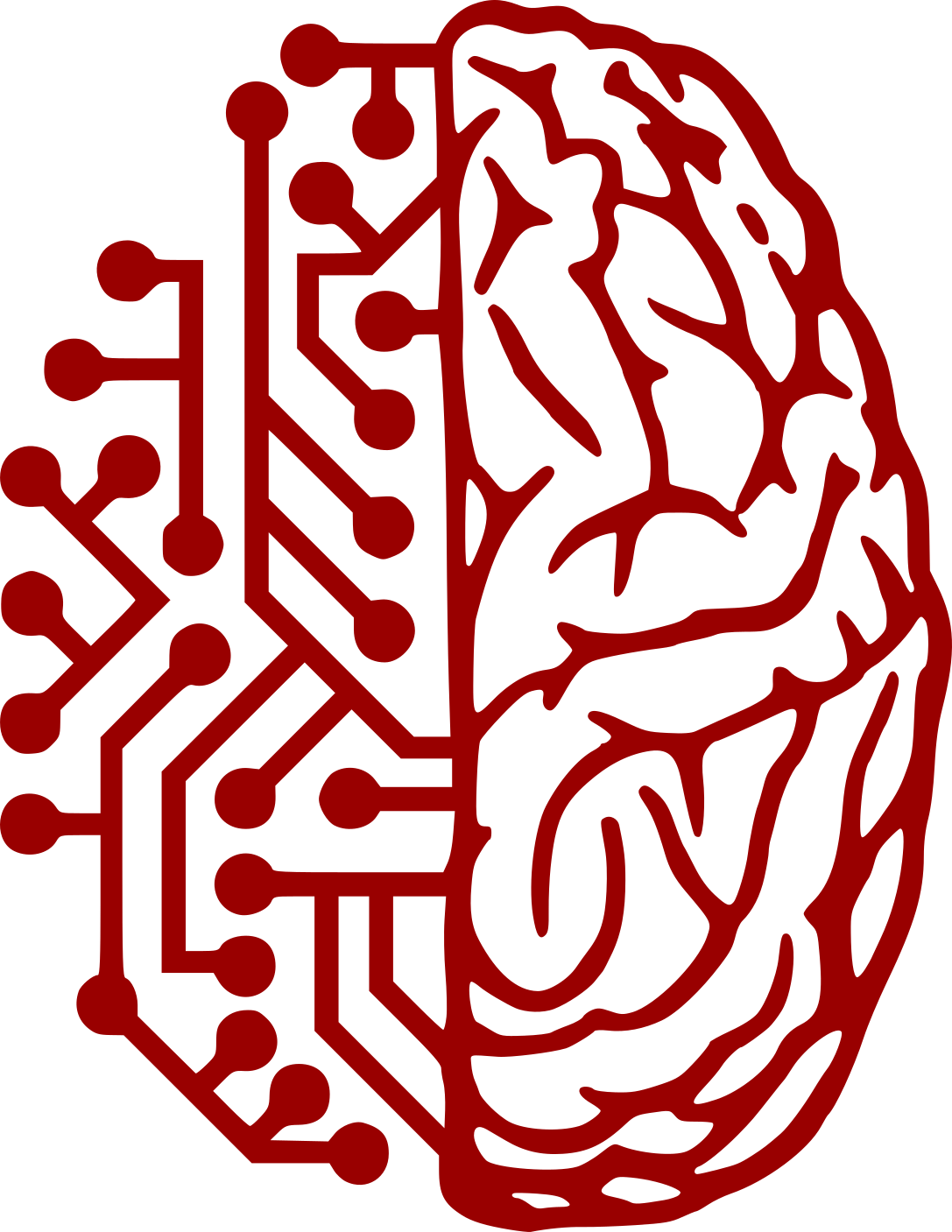
Every piece of hardware is useless as long as there is no interface to actually operate it. For the neuromorphic VLSI hardware designed and built in the Electronic Vision(s) group, the aim is to utilize it as a network modeling tool just like established software simulators - without losing its main advantage compared to the pure software approaches, i.e. its high speed and scalability. In order to achieve this simulator-like operability, the FACETS hardware has been integrated into the meta-language PyNN for project-widely unified and portable model and experiment descriptions.
The intended future users of this hardware are not merely physicists or microelectronics engineers, but rather neuroscientists who have backgrounds from biology or mathemetics. They should not have to deal with hardware specific details, thus an important criterion of our software development is a maximum of harware abstraction and convenience of usage.
To achieve a high comparability between numerical software simulations and hardware results, device variations due to production processes have to be counterbalanced with calibration routines, and the topology of biological networks should be mapped to the limited hardware systems with a minimum of synapse loss.

Electronic Vision(s) Group – Dr. Johannes Schemmel
Im Neuenheimer Feld 227
69120 Heidelberg
Germany
phone: +49 6221 549849
fax: +49 6221 549839
email: schemmel(at)kip.uni-heidelberg.de
How to find us

